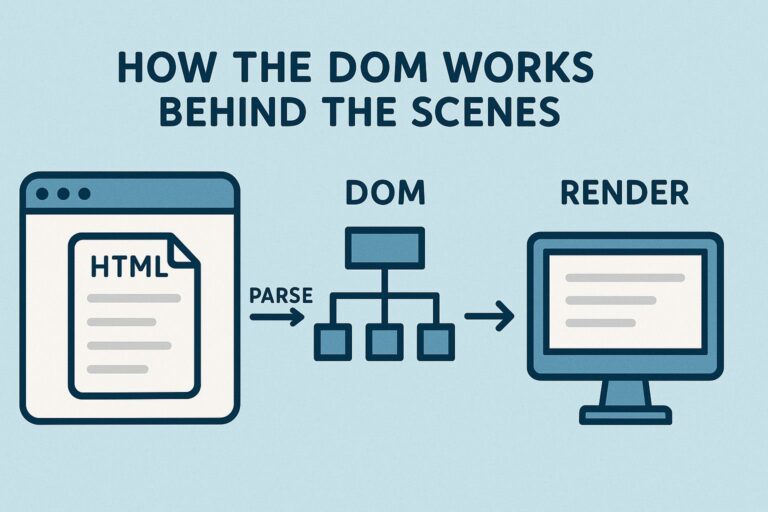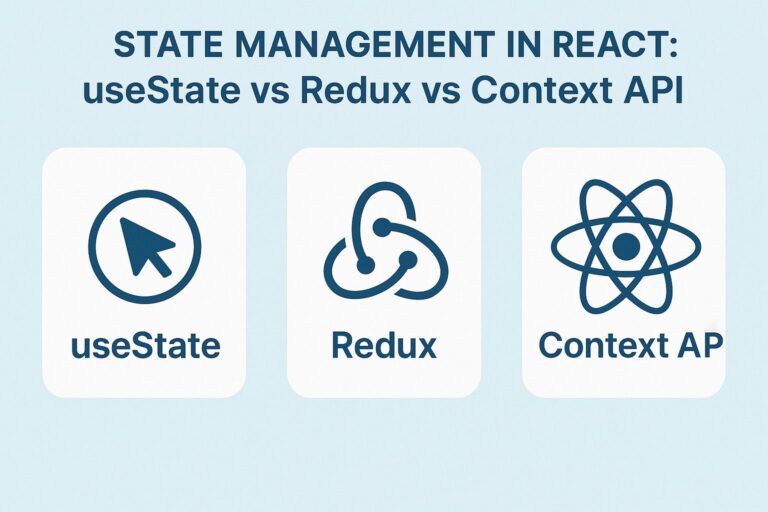
Once the realm of science fiction, holographic displays are emerging as a transformative technology poised to redefine how users interact with digital information. Unlike conventional 2D screens, holographic displays project three-dimensional visuals into real space, allowing for natural depth perception, multi-angle viewing, and hands-free interaction — all without the need for head-mounted displays or wearable gear.
This article examines how holographic display technology works, its current capabilities, industry applications, technical challenges, and what the future holds for this innovative user interface.
1. What Are Holographic Displays?
A holographic display is a visual system that reconstructs the light fields emitted by real-world objects, creating the illusion of three-dimensional forms that occupy physical space. These displays generate content that can be observed without special glasses, from multiple angles, and with realistic depth cues such as parallax and occlusion.
Unlike stereoscopic displays — which simulate 3D by showing slightly different images to each eye — true holography physically reconstructs the light wavefronts, making the image appear as if it occupies a point in space. This provides a more immersive and natural visual experience.
2. How Holographic Display Technology Works
Several different technological approaches are being developed to achieve holographic or near-holographic visual effects:
a. Light Field Displays
These displays simulate the behavior of light rays originating from a 3D object by emitting multiple images at slightly different angles. Viewers experience depth and perspective shifts as they move, without requiring tracking devices.
- Uses: Interactive product visualization, AR prototypes
- Examples: Looking Glass Portrait, Leia Lightfield Displays
b. True Holography (Wavefront Reconstruction)
Uses coherent laser light and interference patterns to reproduce actual wavefronts of light from a 3D object. This method requires spatial light modulators (SLMs) and high computational power to control phase and amplitude of light beams.
- Uses: Scientific visualization, medical imaging, high-fidelity simulations
- Limitations: Cost, hardware complexity, power consumption
c. Volumetric Displays
These systems create images by illuminating or projecting points of light (voxels) into a 3D space. This can involve rotating LED panels, particle excitation (e.g., laser-induced plasma), or optical scattering techniques.
- Uses: Military planning, collaborative design, scientific simulation
- Examples: Voxon VX1, LightSpace Technologies
d. Pseudo-Holography and Optical Illusions
These techniques simulate 3D effects using projection mapping, angled glass (Pepper’s Ghost), or lenticular lenses. While not true holography, they are cost-effective and widely used in commercial applications.
- Uses: Digital signage, entertainment, retail displays
- Examples: HYPERVSN, Kino-Mo Holobox
3. Real-World Applications of Holographic Displays
Holographic displays have cross-disciplinary applications and the potential to revolutionize several industries:
a. Healthcare and Biomedical Imaging
- Visualizing CT and MRI scans in three dimensions
- Training simulations using anatomically accurate holograms
- Pre-operative planning and real-time holographic surgical guidance
b. Engineering and Product Development
- Visualizing complex assemblies without physical prototypes
- Conducting collaborative design reviews with spatial CAD models
- Performing structural simulations and stress analysis in real-time
c. Education and Research
- Visualizing molecular biology, chemistry, physics, and astronomy concepts
- Immersive virtual field trips and historical reconstructions
- Augmenting distance learning with spatial interaction models
d. Media, Entertainment, and Gaming
- Live concerts using holographic performers or virtual avatars
- Interactive museum exhibits and cinematic storytelling
- 3D immersive gaming environments projected in real space
e. Business, Communication, and Telepresence
- Holographic video conferencing with natural body language and eye contact
- Remote product demonstrations and marketing events
- Spatial dashboards for data visualization and decision-making
f. Retail, Advertising, and Architecture
- Holographic storefronts displaying rotating products or virtual assistants
- Property walkthroughs using 3D holographic blueprints
- Immersive brand experiences in showrooms and public installations
g. Aerospace and Defense
- Real-time battle planning with 3D terrain maps and troop overlays
- Air traffic control systems using holographic airspace views
- Drone and robotic control interfaces using spatial overlays
4. Key Companies and Innovations in the Holographic Ecosystem
Several companies are leading innovation in the holographic space:
- Looking Glass Factory: Offers light field displays and SDKs for developers to build 3D applications without headsets.
- Leia Inc.: Creates 3D lightfield displays for consumer tablets and automotive dashboards.
- Voxon Photonics: Produces volumetric 3D displays using swept-volume projection.
- Holoxica Ltd: Focused on medical and scientific holograms with real-time capabilities.
- RealView Imaging: Specializes in real-time holographic imaging for surgery.
- Sony, RED, and Samsung: Developing proprietary pseudo-holographic and stereoscopic platforms for next-gen visual media.
5. Challenges to Mass Adoption of Holographic Displays
Despite the promise, there are several significant hurdles to overcome:
a. Hardware and Engineering Constraints
- Requires high-precision optics, SLMs, lasers, and cooling systems
- Volumetric systems involve moving parts that are prone to mechanical wear
- Device sizes remain large for high-fidelity displays
b. Cost and Accessibility
- Holographic systems are currently expensive and limited to enterprise or academic use
- Consumer-grade adoption is constrained by production scale and material costs
c. Standardization and Content Creation
- Lack of widely adopted file formats, APIs, and development pipelines
- High demand for new skills in volumetric video, light field capture, and spatial design
d. Bandwidth and Processing Power
- Real-time holography requires substantial GPU and compute resources
- Streaming or rendering holographic content requires advanced compression techniques
e. Environmental Constraints
- Holograms are often less visible in brightly lit environments
- Viewing angles and focal depth remain limited in some systems
6. Future Trends and Technological Developments
a. AI-Enhanced Interaction
- Gesture tracking, voice input, and gaze detection will allow more intuitive interactions
- AI will personalize and optimize holographic content delivery
b. Edge and Cloud Offloading
- Processing-intensive rendering tasks will be handled remotely, enabling lighter and more affordable client-side devices
- Real-time holographic streaming may emerge with low-latency 5G networks
c. Modular Consumer Devices
- Smartphones, AR glasses, and tablets may include foldable or embedded holographic projection modules
- Desktop accessories like holographic monitors may become affordable alternatives to VR headsets
d. Operating System Integration
- New spatial operating systems may support multi-window holographic UI environments
- Seamless transitions across desktop, holographic, and augmented reality environments
e. Industry-Specific Innovations
- Automotive: Dashboard displays that use depth to display navigation and alerts
- Industrial IoT: Real-time holographic overlays of sensor data
- Finance: 3D graphs and market simulations for better decision-making
Final Thoughts
Holographic displays represent a fundamental shift in how humans perceive and interact with digital content. They break the limitations of flat interfaces and bring information into the same spatial context as the user — enabling deeper understanding, faster decision-making, and more immersive experiences.
While challenges related to cost, scalability, and content production remain, advancements in optics, AI, and cloud computing are steadily accelerating the development of practical, real-world holographic solutions. As adoption grows and ecosystems mature, holographic interfaces are poised to become a core part of the next generation of user experience across industries.

I’m Shreyash Mhashilkar, an IT professional who loves building user-friendly, scalable digital solutions. Outside of coding, I enjoy researching new places, learning about different cultures, and exploring how technology shapes the way we live and travel. I share my experiences and discoveries to help others explore new places, cultures, and ideas with curiosity and enthusiasm.






